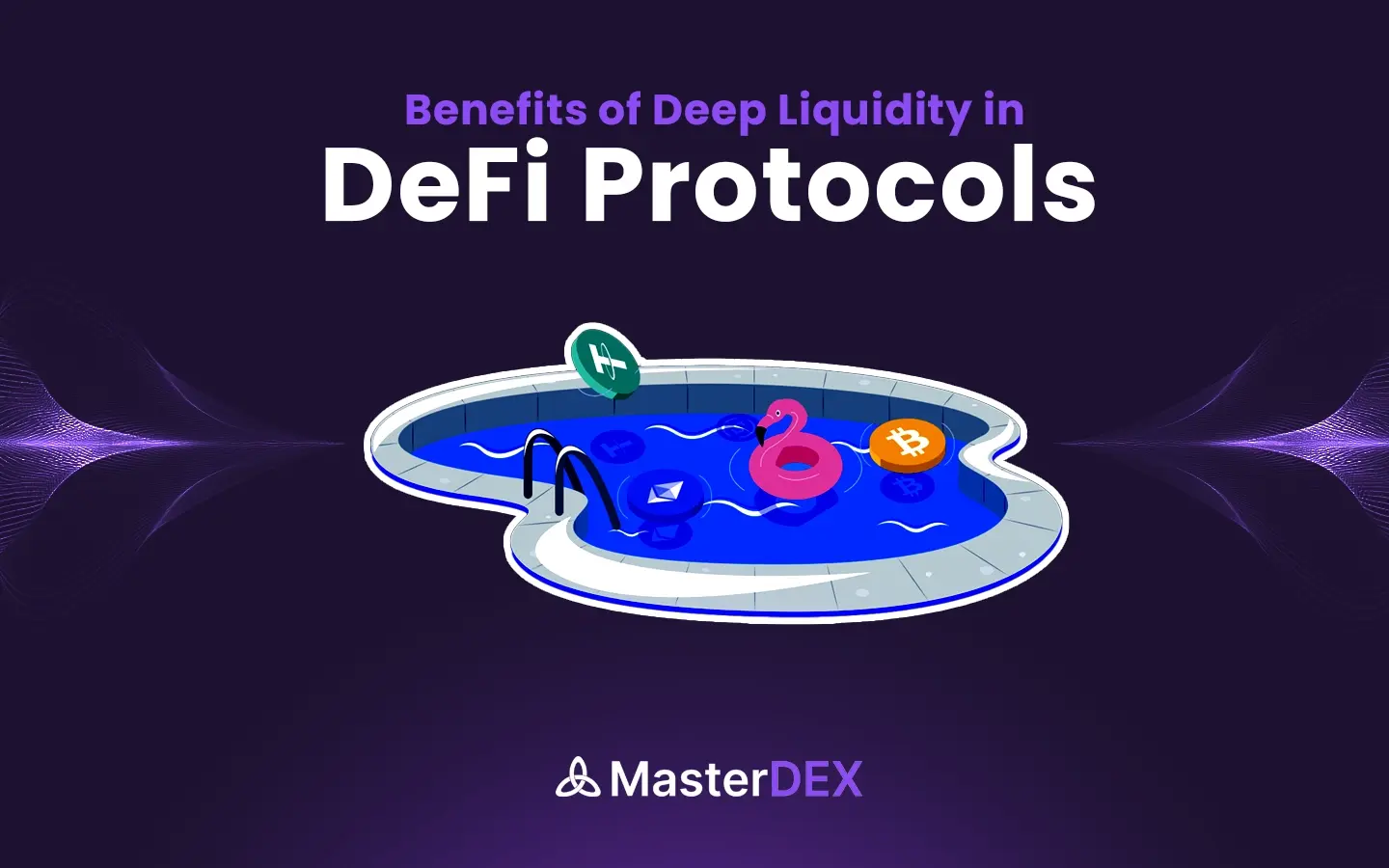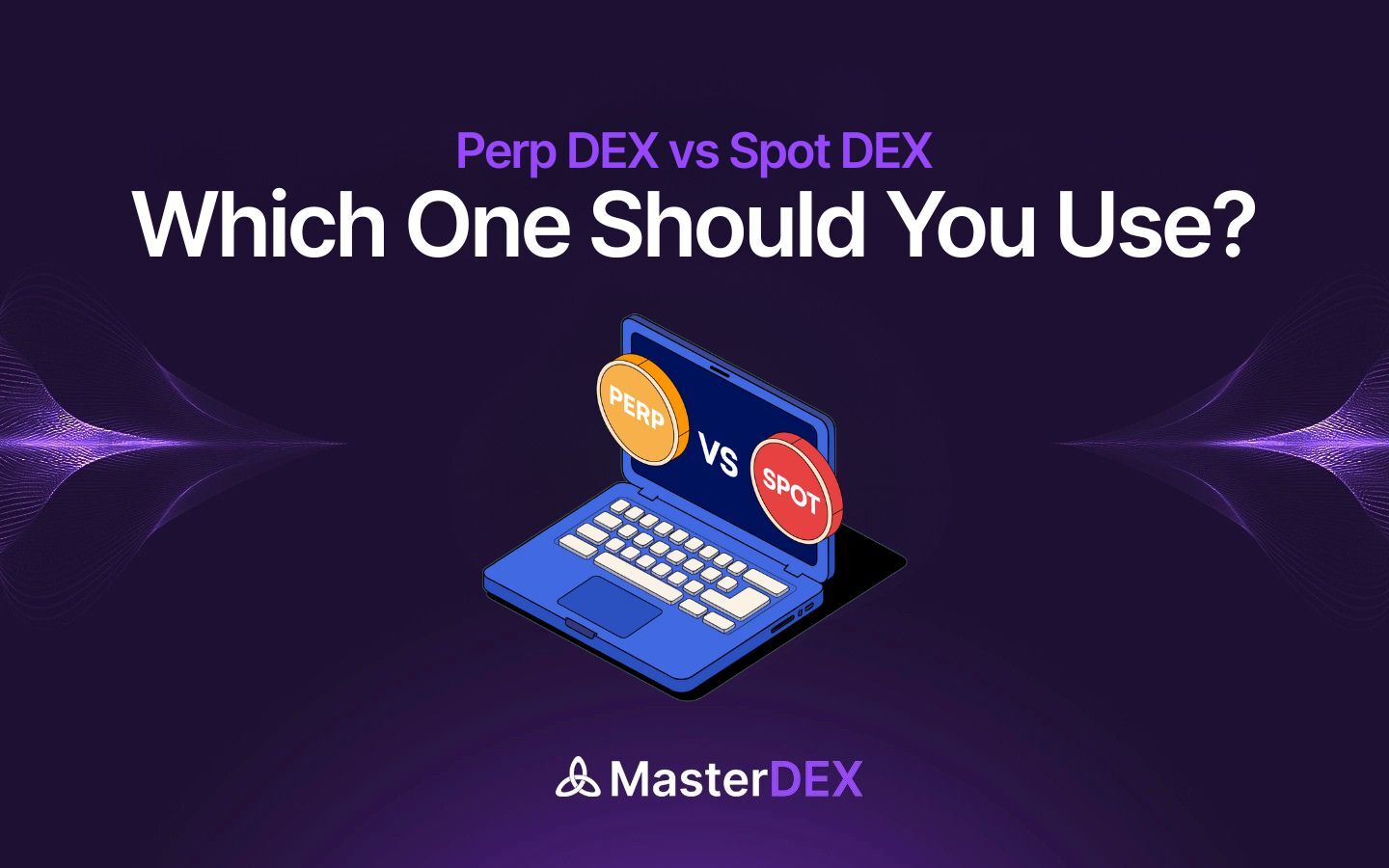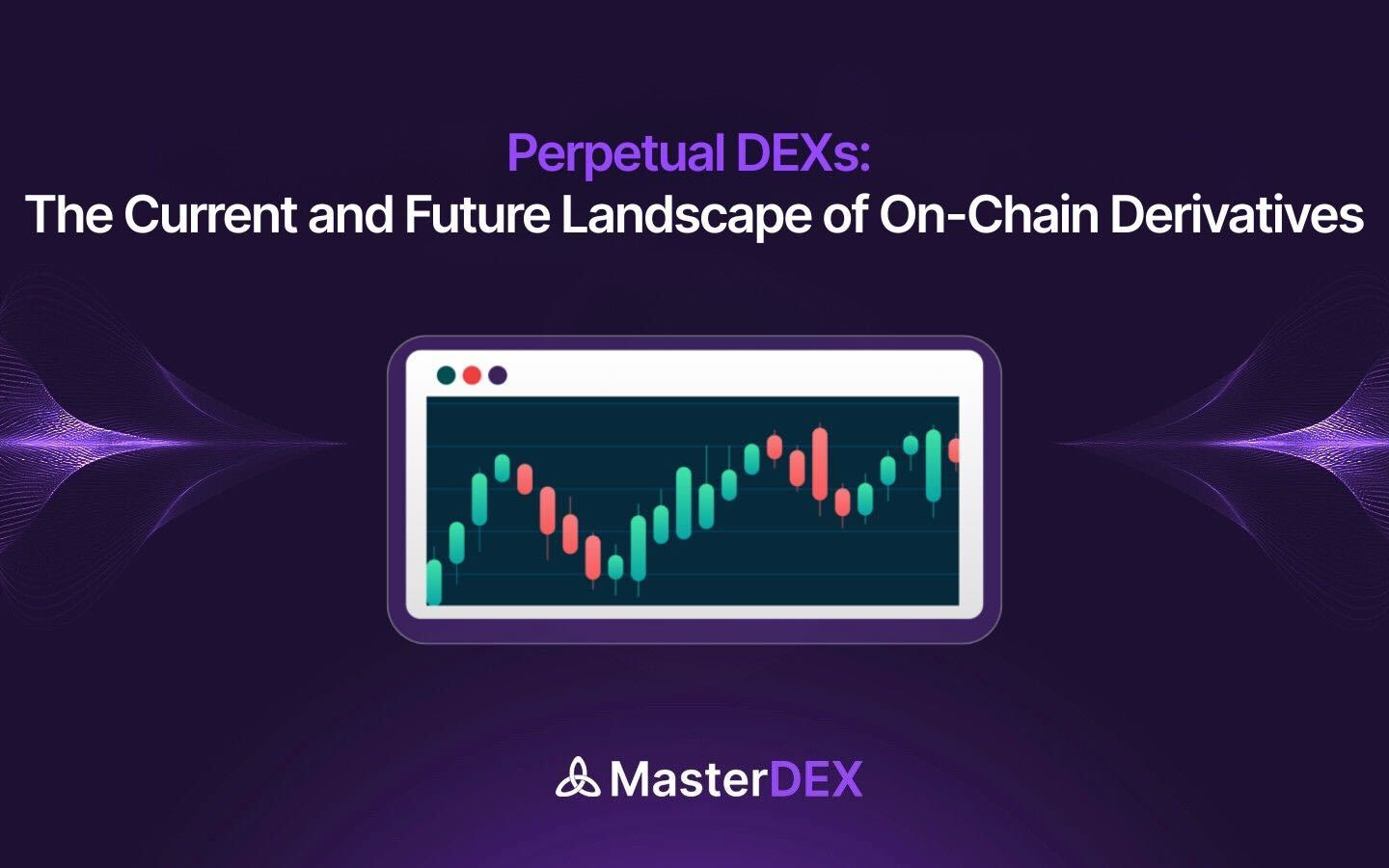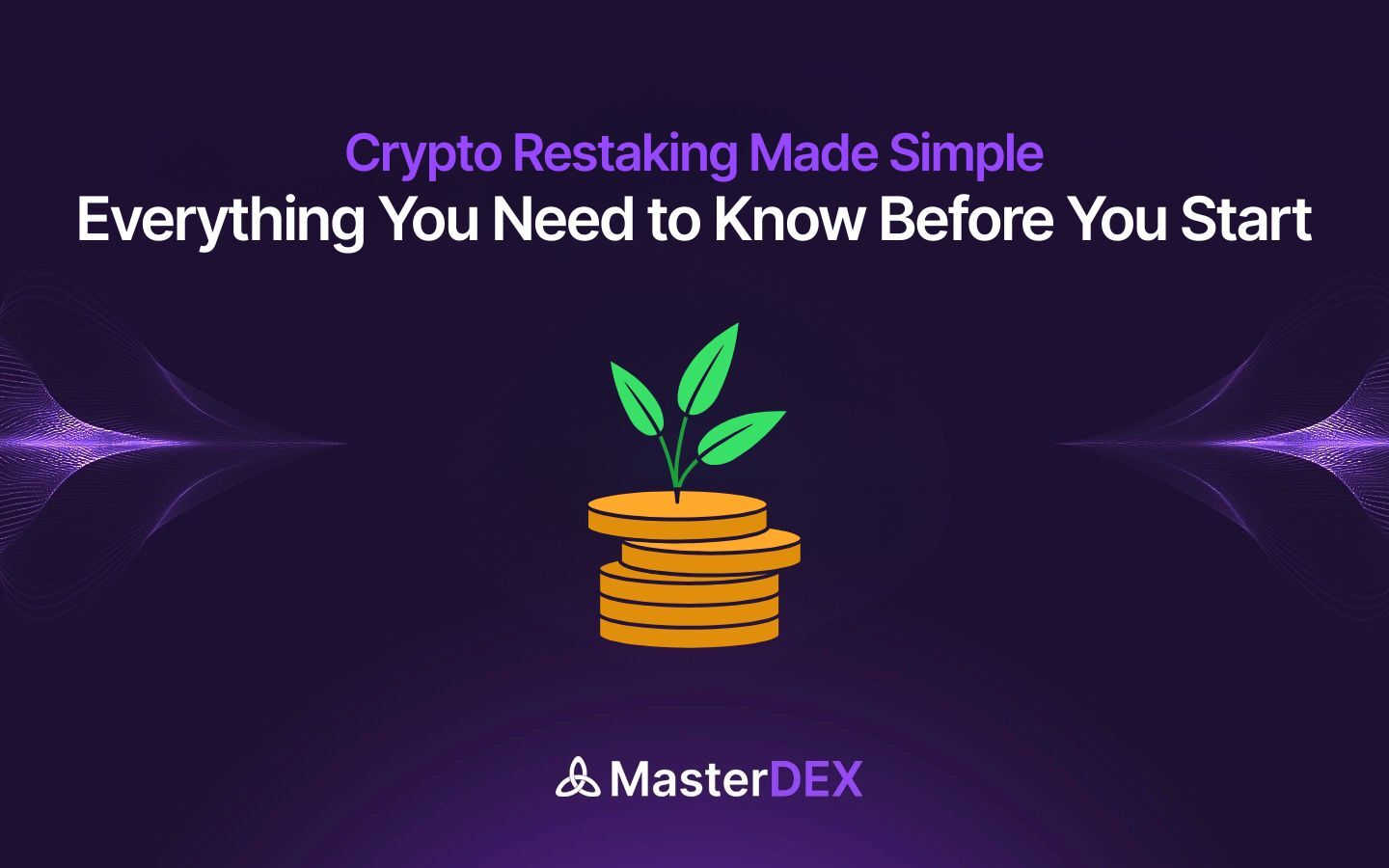Decentralized Finance (DeFi) has redefined the financial landscape by replacing traditional intermediaries with smart contracts and decentralized protocols. While innovations in automation, transparency, and permissionless access have fueled DeFi’s rise, one foundational component is often overlooked and that is deep liquidity.
Liquidity, in its simplest form, refers to how easily assets can be bought or sold in a market without causing significant price impact. But in the world of DeFi, where trading happens across decentralized exchanges (DEXs), liquidity takes on new dimensions. Deep liquidity ensures a seamless trading experience, stabilizes the ecosystem, and unlocks the true potential of decentralized finance.
In this blog, we will explore what deep liquidity means in DeFi, why it matters, and how it benefits both protocols and participants.
Table of Contents:
ToggleWhat Is Deep Liquidity?
Deep liquidity refers to the presence of a large volume of assets in a liquidity pool or trading pair on a decentralized exchange. It means that traders can execute large buy or sell orders with minimal slippage without dramatically moving the asset’s price.
In centralized markets, order books measure liquidity. In DeFi, liquidity is represented by the size of liquidity pools, often powered by automated market makers (AMMs) like Uniswap, Curve, and Balancer. The deeper the pool, the more resilient the market.
If you talk about deep liquidity in general, it doesn’t have a strict mathematical formula, as it’s largely considered a qualitative concept. However, it can be gauged using a few key indicators. One of the most common is trading volume; markets with consistently high volumes typically have better liquidity. Another useful measure is the bid-ask spread; when the gap between the highest buying price and the lowest selling price is narrow, it often signals a more liquid market. Lastly, market depth plays a role as well, examining the number and size of buy and sell orders across various price levels helps reveal the extent of liquidity available to absorb trades without causing significant price changes.
Types of Liquidity: Difference Between Deep Liquidity and Shallow Liquidity
There are two types of liquidity. One is deep liquidity and the other one is Shallow liquidity. In order to fully understand the significance of deep liquidity, it’s helpful to contrast it with shallow liquidity.
Deep liquidity means a trading pair or liquidity pool has a large volume of assets available, allowing users to place sizable buy or sell orders without significant price movement. It indicates a healthy, active market where prices remain relatively stable, even under pressure.
Shallow liquidity, on the other hand, means there are limited assets in the pool. Even small trades can cause substantial price swings, slippage is higher, and large orders become costly or difficult to execute. Shallow liquidity also signals fragility, meaning protocols with thin markets are more prone to manipulation, volatility, and poor user experience.
| Factor | Deep Liquidity | Shallow Liquidity |
| Slippage | Minimal, even for large orders | High, especially for moderate trades |
| Price Stability | High | Low, with frequent fluctuations |
| Risk of Manipulation | Low | High |
| Capital Efficiency | Strong | Weak |
| Trader Confidence | High | Low |
Understanding this contrast sets the foundation for why deep liquidity is critical for DeFi’s success.
Benefits of Deep Liquidity
1. Lower Slippage, Better Trade Execution
The first and most obvious benefit of deep liquidity is reduced slippage. Slippage occurs when the executed price of a trade differs from the expected price due to insufficient liquidity. In shallow pools, large orders can lead to significant price deviations, discouraging institutional traders or whales from participating.
Deep liquidity ensures that even large trades execute close to the quoted price, making DeFi protocols more attractive for professional traders, high-frequency algorithms, and DeFi-native treasuries.
For instance, on a protocol like Uniswap V3, trading $1M of ETH in a deep pool may incur only 0.1% slippage, whereas the same trade in a smaller pool might result in 2% or more, translating into a $20,000 price inefficiency.
2. Enhanced Price Stability
Deep liquidity acts as a shock absorber for price volatility. When buy and sell volumes are large relative to liquidity, prices swing wildly. Deep pools dilute the impact of large trades, smoothing out price movements and making the market more stable.
For stablecoins, this is particularly critical. Pools like Curve’s 3pool or Frax’s AMOs rely on deep liquidity to maintain tight pegs to fiat currency. Without it, the credibility of decentralized stablecoins would be at risk.
3. Increased Protocol Credibility
Liquidity is trust. When users and traders see deep liquidity, they gain confidence in the protocol. Shallow liquidity implies low usage, low TVL (Total Value Locked), and possibly high volatility risk.
For new DeFi protocols, bootstrapping liquidity is often the first step toward adoption. Whether through liquidity mining incentives, partnerships, or aggregators, deepening liquidity is a form of social proof, showing that the market believes in the protocol’s utility and longevity.
Protocols with deep liquidity become natural hubs for:
- New token listings
- Arbitrage strategies
- Cross-chain integrations
- Institutional onboarding
4. Better Yield Opportunities for Liquidity Providers (LPs)
Paradoxically, deep liquidity pools often offer more sustainable yield opportunities for liquidity providers. In shallow pools, LPs might earn high fees initially due to volatility and wide spreads but also risk impermanent loss and exit liquidity issues.
Deep pools generate more volume over time, attracting consistent fee income with lower risk. Additionally, protocols like Balancer and Convex offer meta-incentives layered on top of base yield, optimizing LP incentives without diluting tokenomics.
In protocols with dynamic fee structures, like Uniswap V3, LPs in deep pools can adjust their capital efficiency by providing liquidity within tight price ranges, maximizing returns per unit of risk.
5. Improved Capital Efficiency
Deep liquidity doesn’t just mean more capital. It often means better use of capital. Capital efficiency measures how much utility you get per dollar locked. In DeFi, that means:
- Tighter spreads
- Higher volume-to-liquidity ratios
- Lower slippage per unit traded
Protocols that attract deep liquidity can become more capital-efficient, allowing other DeFi protocols to build on top of them. For example, lending markets like Aave may use price oracles derived from deep DEX liquidity, reducing manipulation risks and enabling overcollateralized loans.
Similarly, yield aggregators and vault strategies perform better when underlying assets trade in deep pools, ensuring predictable outcomes for automated strategies.
6. Cross-Protocol Composability
In DeFi, protocols don’t exist in silos, they are building blocks in an interconnected Lego-like system. Deep liquidity in one protocol becomes an input for another.
For instance:
- DEX liquidity fuels lending platforms through oracle prices.
- Yield aggregators depend on stable, deep markets for farming.
- Derivatives platforms need liquid underlying to price contracts correctly.
Without deep liquidity, this stack breaks down. Slippage becomes unpredictable, Oracles become unreliable, and strategies suffer from front-running or volatility.
7. Stronger Defense Against Manipulation
Low-liquidity pools are highly vulnerable to price manipulation. Traders can exploit thin markets to artificially inflate prices and then dump tokens during a pump.
Deeper liquidity mitigates this risk by making it expensive to manipulate prices. Attackers must deploy significantly more capital to move the market, a strong deterrent in most cases.
This is especially important for oracle-based protocols, insurance platforms, and prediction markets where price accuracy directly impacts smart contract logic.
8. Healthier Ecosystem Growth
Finally, deep liquidity acts as an economic backbone for protocol growth. It brings in:
- Market makers
- Token swap aggregators
- DAO treasuries and institutional players
- Cross-chain bridges and rollups
A well-capitalized liquidity pool becomes a platform rather than a feature, enabling a self-sustaining cycle of usage, fees, rewards, and reinvestment.
Closing Thoughts
Deep liquidity is more than a number; it’s a signal of health, stability, and long-term viability in DeFi. Whether you’re a trader seeking tight execution, a protocol aiming for adoption, or an LP hunting sustainable yields, liquidity depth should be one of your top considerations.
As DeFi matures, deep liquidity will no longer be optional. It will be a prerequisite for utility, composability, and trust. Protocols that understand this and invest in liquidity infrastructure via innovative tokenomics, community incentives, and cross-chain strategies will lead the next phase of decentralized finance.



